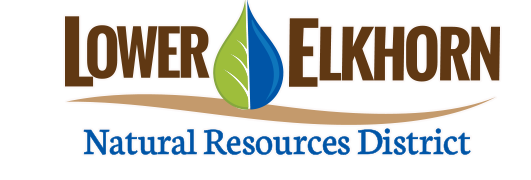Conservation Programs > Best Management Practices > Nitrogen Management | Irrigation Management | Pesticide Management | Livestock Waste Management | Windbreak Management
Nitrogen Management
Good nitrogen management is essential for protecting groundwater quality. Proper nitrogen management includes managing nitrogen rate, source, timing, and placement. The primary goal of nitrogen best management practices is attaining high nitrogen use efficiency. This assures the most effective use of nitrogen fertilizer.
Good nitrogen management requires understanding:
- How nitrogen is used by the crop
- When nitrogen is used by the crop
- What environmental influences affect the use of soil and fertilizer nitrogen by the growing crop
- How management of nitrogen and irrigation water affect the leaching of residual nitrate, which eventually affects water quality
Nitrogen uptake across the growing season
The rate of nitrogen uptake depends on the stage of crop development. The figure below shows that early in the growing season the plant demand for nitrogen is low. During the late vegetative and early reproductive stage the demand for nitrogen is high. Application of nitrogen just before or during the time of most rapid nitrogen uptake assures the most efficient use of nitrogen by the crop.
Cumulative Nitrogen Uptake Across the Growing Season
A vital step in nitrogen management is calculating the recommended nitrogen application rate for your field's expected yield. A useful tool is the University of Nebraska's equation to estimate nitrogen fertilizer needs for corn. This equation is based on your fields expected yield, organic matter, irrigation water nitrate level, and nitrogen credits from past legume crops and manure application. These values can be determined by deep soil sampling.
The Lower Elkhorn NRD has cost share programs for soil sampling, manure sampling, and cornstalk nitrate testing.

